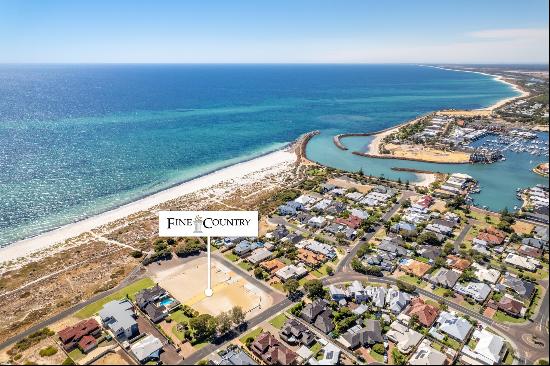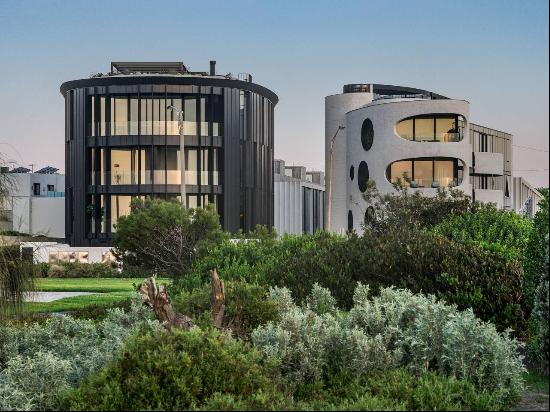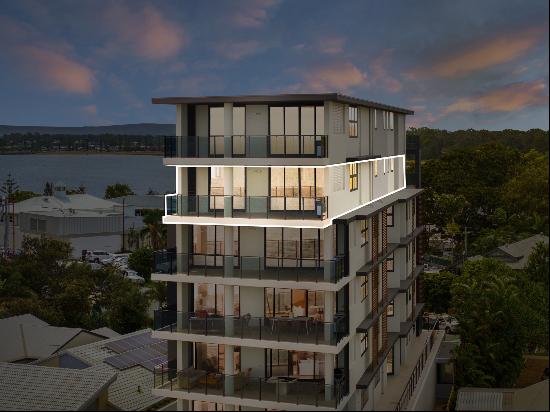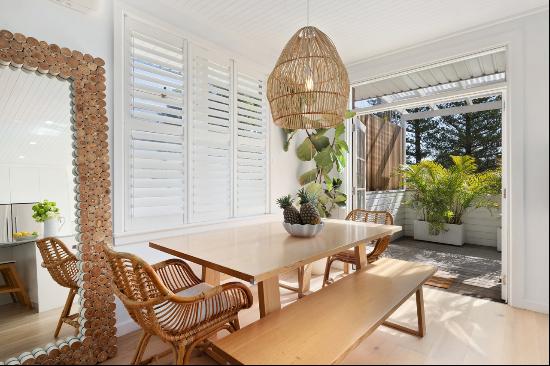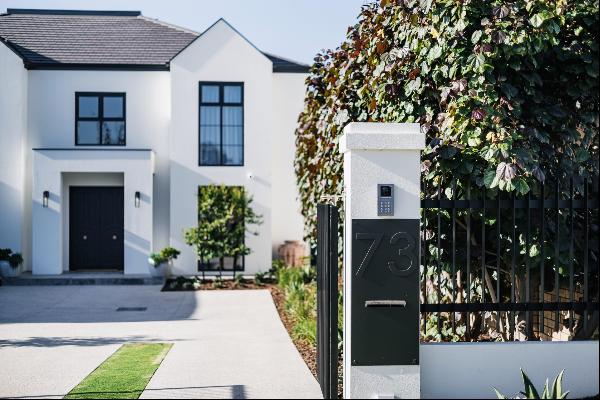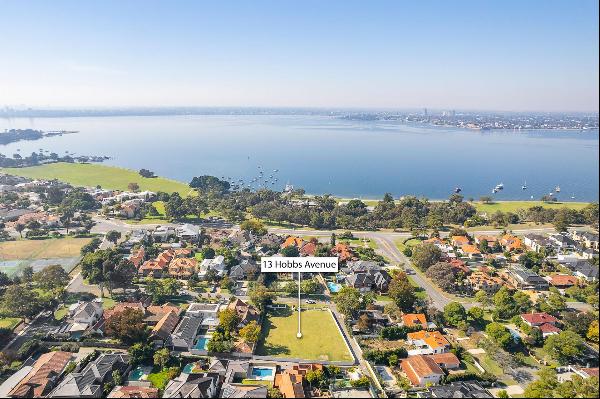
By Susie Mesure
When Gene Pierson first saw the powdery white sand beaches that frame Bedarra Island, one hundred hectares of tropical rainforest off the coast of North Queensland, he knew it was somewhere he wanted to keep coming back to.
It took the music industry executive, who launched the rock band AC/DC, 12 months to negotiate the purchase of a pocket of land on the island’s eastern tip. Pierson bought the site in 1996 from Noel Wood, an Australian artist who had become known as “Island Crusoe” after spending decades living and painting there.
Pierson acquired the two acres, which included Wood’s art studio, a bamboo and tin structure that was quickly dismantled to make way for the luxury two-bedroom villa that stands there today. Built on the edge of the island, with a deck that seems to float over the Great Barrier Reef, the beach house is on the market for A$7m ($5.17m).
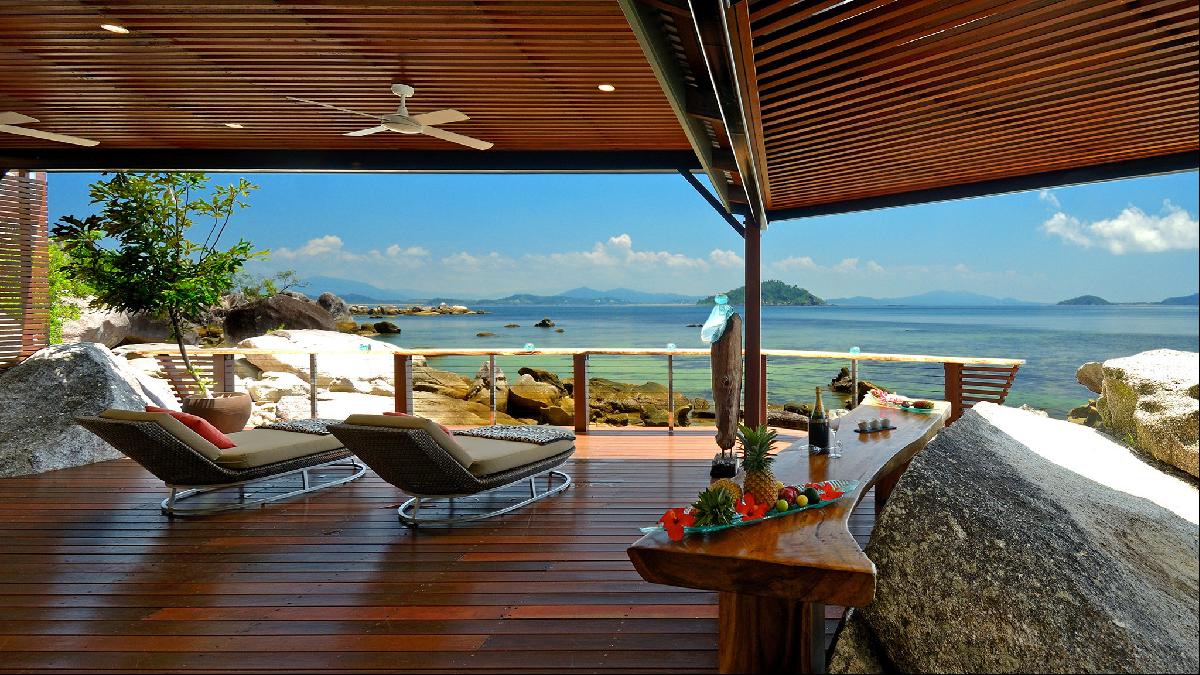
Bedarra — Aboriginal for “mother” — lies within the Family Islands National Park. The islands are home to wildlife such as the electric blue Ulysses and emerald green Giant Birdwing butterflies. Birds include noisy pittas, yellow-bellied sunbirds, wompoo fruit doves and sea eagles. The coves are a breeding area for sea turtles.
Pierson’s property, known as East Bedarra Resort, sits at the ocean’s edge, looking back to mainland Australia. The island is a 15-minute boat trip, says Pierson, from Mission Beach, a small coastal town halfway between Cairns and Townsville.
“We invested about A$3.5m to build something natural and real within the topography of the island,” says Pierson, whose main home is on Mount Bellenden Ker, the second highest mountain in Queensland.

The building sits on 26 concrete and steel pylons that go 2m into the sand and rock. A team of eight builders spent four months living on the island to lay the foundations.
“They put up a pirate flag and had a store area where they had about 20 or 30 bottles of Black Label whisky, crates of Coca-Cola, lots of rice and pasta,” says Pierson.
A spacious covered deck, protected by translucent UV-guarded panelling, floats over the ocean, held up by wooden blocks each weighing two tonnes. “It’s the only location in Australia that is built over the Great Barrier Reef,” claims Pierson. “You can shuck oysters from the deck. At high tide, an old cave fills up and becomes a natural saltwater pool.”
Although the building is at sea level, Pierson says he has not seen evidence of rising water levels due to climate change, except at high tide on the fullest moons.

The property, which Pierson rents to holidaymakers for most of the year, is flanked by two private beaches. The buyer will also get a separate one-bedroom bungalow, which was built over a huge granite boulder and is used by caretakers who look after visitors to the main villa. The furniture, imported from Bali, is included in the sale.
Both properties are fully sustainable with solar panels providing power; water comes from a spring plus captured rainwater, with December to March the wettest months. A wastewater system purifies sewage, which is used to fertilise the vegetation. Supplies are brought over from the mainland.

Pierson, who is married with two teenage daughters, is selling his island paradise because he wants to move to the south of France, partly to be near his uncle and aunt. (He has his eye on a vineyard). The idea is that his children experience French culture.
“Now they’re growing up, they prefer going to parties to visiting Bedarra,” he says. “And I can live anywhere in the world. I own around 4,000 music tracks and the royalties come in overnight.”
Photography: Christie’s International Real Estate



